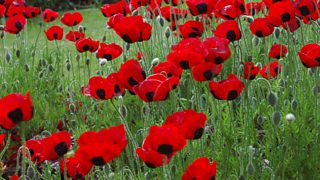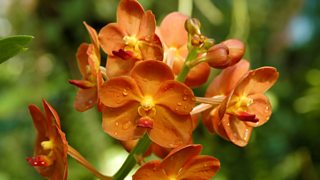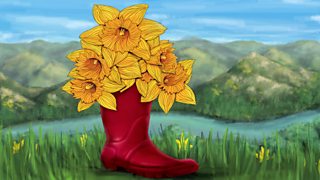Eight surprising facts about the poppy
Natural Histories examines our fascination with poppies, exploring what they meant to us at different points in history and how they ended up as a symbol of heroic sacrifice.
-
![]()
Natural Histories: Poppy
Hear the episode now on ±«Óãtv Sounds.
You may wear a poppy each November, but here are some interesting facts about the figurative flower that may come as a surprise.
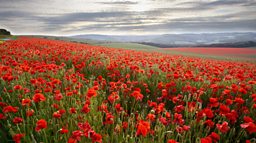
1. They grew on battlefields because of rubble
Eating even a small amount of food containing poppy seed can lead to a false positive on drugs tests.
You probably know that poppies sprung up in their thousands on Flanders fields after the fighting had ceased in World War I, but you might not know this was because of the rubble left behind after artillery bombardments. The lime in the fragmented masonry was a great fertiliser for poppies. After a few years, when all the lime had been absorbed by the plants, the poppies largely disappeared.
2. Remembrance poppies were designed to be made with one hand
In 1922, Major George Howson set up the Poppy Factory in Richmond to employ disabled ex-servicemen. Assembling the poppy required only one hand, allowing veterans who had lost an arm to work on the production line. This factory still employs disabled veterans, and they make approximately 36 million poppies each year.
3. Scottish remembrance poppies look different from the rest of the UK
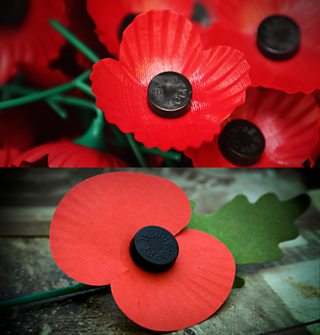
Scottish poppies are made exclusively in Lady Haig Poppy Factory in Edinburgh. When it was established in 1926, this factory used a different design of four petals and no leaf, and they still use it to this day.
4. The first British poppy crop was destroyed by hares
In the 19th Century, British horticulturalists who were incentivised by the booming opium trade attempted to establish an opium poppy crop in the UK. Unfortunately for them, it was eaten by a plague of hares.
5. Poppies are needed to make morphine
Morphine is created from the milky latex in the seed head of the opium poppy. For this reason, the poppy is featured on the Royal College of Anaesthetists coat of arms.
6. Poppy seeds are banned in China, Taiwan and Singapore
Because of the opiate traces that can be found in poppy seeds, and because of the potential for the seeds to be used to grow opium poppies, they are banned as food a food ingredient in China, Taiwan and Singapore. These trace amounts of opiate also mean that eating even a small amount of food containing poppy seed can lead to a false positive on drugs tests.
7. There were poppies in Tutankhamun’s tomb
King Tutankhamun was entombed in 1325 BC with ceremonial clothing made partly from the poppy plant and with illustrations of poppies on his jewellery and furniture. In Ancient Egypt the poppy was emblematic of Osiris, the god of death.
8. They were a symbol for remembrance before WWI
While most people know poppies for their association with WW1 and WW2, the flower has long been linked with young men dying too soon, especially in poems reflecting on war. In The Iliad, ±«Óãtvr described the death of a young Trojan prince as being like a "full-blown poppy, overcharg'd with rain", sinking to the ground.
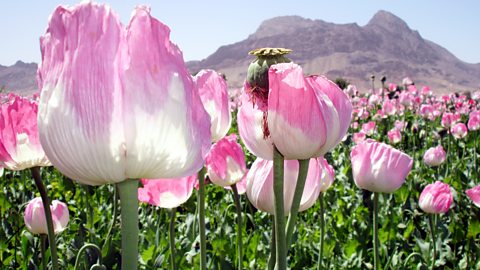
"They wandered the lanes and byways, stoned for weeks afterwards."
A clip from Natural Histories: Poppy
